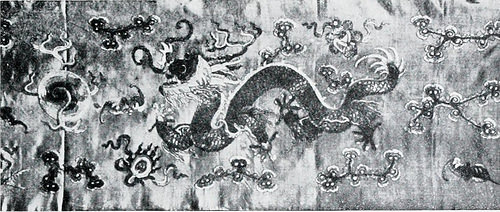A few nice pp prototypes china images I found:
DSC08125.JPG

Image by noodlepie
My laptop bag and everything in it prior to my trip to London tomorrow morning. From www.noodlepie.com
Image from page 145 of “The evolution of the dragon” (1919)

Image by Internet Archive Book Images
Identifier: evolutionofdrago00smituoft
Title: The evolution of the dragon
Year: 1919 (1910s)
Authors: Smith, G. Elliot (Grafton Elliot), Sir, 1871-1937
Subjects: Dragons Mythology Rain gods — Egypt Mythology, Egyptian Aphrodite (Greek deity) Incense
Publisher: Manchester, The University press London, New York [etc.] Longmans, Green & company
Contributing Library: Kelly – University of Toronto
Digitizing Sponsor: MSN
View Book Page: Book Viewer
About This Book: Catalog Entry
View All Images: All Images From Book
Click here to view book online to see this illustration in context in a browseable online version of this book.
Text Appearing Before Image:
h Hather or her sen arises (see Budge, Gods of the Egyptians,vol. ii., p. 101 ; and compare Griffiths Hieroglyphs, p. 30): the sameconception was adopted in Mesopotamia (see Ward, Seal Cylinders ofWestern Asia, fig. 412, p. 156) and in the Mediterranean (see Evans, Mycenaean Tree and Pillar Cult, pp. hi et scq.). It is a remarkablefact that Sir Arthur Evans, who, upon p. 64 of his memoir, reproduces twedrawings of the Egyptian horizon supporting the suns disk, should havefailed to recognize in it the prototype of what he calls the herns ef con-secration . Even if the confusion of the horizon with a cows hernswas very ancient (for the herns ef the Divine Cow supporting the moonmade this inevitable), this rationalization should net blind us as to the realorigin of the idea, which is preserved in the ancient Egyptian, Babylonian,Cretan and Chinese pictures (see Fig. 26, facing p. 188). ^De Visser, p. 103. ^P. 104, The Chinese triquetrum has a circle in the centre and five oreight commas.
Text Appearing After Image:
JIK Fig. 15.^Photograph of a Chinese Embroidery in the Manchester School ofArt representing the Dragon and the Pearl-Moon Symbol DRAGONS AND RAIN GODS 99 the pearl, the swastika and triskele, let us examine further the problemof the dragons ball (see Fig. I 5). De Groot regards the dragon as a thunder-god and therefore, likeHirth, assumes that the supposed thunder-ball is being belched forthand not being sivalloweci by the dragon. But de Visser, as the resultOi a conversation with Mr. Kramp and the study of a Chinese picturein Slackers Chats on Oriental China (1908, p. 54), puts forwardthe suggestion that the ball is the moon or the pearl-moon which thedragon is swallo^ving, thereby causing the fertilizing rain. The Chinesethemselves refer to the ball as the precious pearl, which, under theinfluence of Buddhism in China, was identified with the pearl thatgrants all desires and is under the special protection of the Naga,i.e., the dragon. Arising out of this de Visser puts the conundru
Note About Images
Please note that these images are extracted from scanned page images that may have been digitally enhanced for readability – coloration and appearance of these illustrations may not perfectly resemble the original work.
